The last days of the Arctic, captured in photos
- Text by Eva Clifford

The land ahead is monotone. In the foreground, four reindeer form a wall, snow clinging to their dark coats. Ahead, a trail of sledges diminishes into the distance until they’re just specks on the horizon.
The scene, photographed by Yuri Kozyrev, shows one of the last remaining nomadic people in the Arctic region – the Nenets – and their annual movement of reindeer herds. This year marked the first time in the Nenets’ history that the movement was disrupted, because of melting permafrost.
Over the course of six months, photographers Yuri Kozyrev and Kadir van Lohuizen travelled almost 10,000 miles collectively across the Arctic to investigate the irreversible changes that are taking place in the region for their new book, Arctic New Frontier. The pair managed the journey thanks to the 9th edition of the Carmignac Photojournalism Award, which Kadir and Yuri received in April 2018 – an endowment allowing them to carry out their double polar expedition from June through September 2018.

Yamal Peninsula, April 2018 © Yuri Kozyrev / NOOR for Fondation
Carmignac
Characterised by its remoteness and extreme conditions, the Arctic is often perceived as the ‘last’ frontier. However, as new sea routes are being facilitated by the Arctic melt, the region is becoming more accessible than ever before, with many countries now jostling for its land and natural resources.
“I have always been deeply fascinated by the Arctic,” says Russian-born photographer Kozyrev. “My father, a Soviet helicopter pilot, flew troops to the region over a period of five years, supplying scientific and meteorological bases there. It was during one such mission, in 1969, that he died in the Arctic, when I was only six.”
“Ever since I was a child I have felt drawn to the region, not because it took my father’s life, but because his work there is a telling example of the great importance Soviet authorities have to the colonisation of the Arctic.”

March 2018, Resolute Bay, Canada. © Kadir van Lohuizen / NOOR for Fondation Carmignac
For the project, Kozyrev followed the coast of the Barents Sea in the north of the country. He travelled aboard the Monchegorsk, the first container ship to use the northern sea route unassisted by icebreakers, and met people who had become ill by nickel mining in Norilsk. He also visited Murmansk, where Russia is constructing the first floating nuclear power plant.
Travelling in the opposite direction, Van Lohuizen set out from the Norwegian island of Spitzberg in the Svalbard archipelago and traced the Northwest Passage – currently the shortest route between Europe and Asia as a result of the melting ice. Along the way, he immersed himself in the small community of Resolute off the coast of Canada, where a training facility for the Canadian Army has recently been established. He also spent time in the indigenous village of Kivalina situated on the northern tip of Alaska, which – according to current forecasts – could be underwater by 2025.
“The melting of the polar sea ice is changing the map of the world forever,” state the photographers at the start of their book. “By visiting all the affected regions and countries in one expedition and by showing how the different parties – starting with Russia and the US – are working to conquer the North Pole, we will reveal how the impact of climate change in the Arctic is of global significance for the rest of the world.”

Longyearbyen, Spitsbergen, Svalbard, Arctic, June 2018 © Kadir van Lohuizen / NOOR for Fondation Carmignac

Yamal Peninsula April 2018 © Yuri Kozyrev / NOOR pour la Fondation Carmignac

Island in the Arctic sea near Qausuittuq (Resolute Bay) Canada, March 2018. © Kadir van Lohuizen / NOOR for Fondation Carmignac
An exhibition of the work will be showing at Saatchi Gallery, London in May 2019.
Enjoyed this article? Like Huck on Facebook or follow us on Twitter.
Latest on Huck

Meet the trans-led hairdressers providing London with gender-affirming trims
Open Out — Since being founded in 2011, the Hoxton salon has become a crucial space the city’s LGBTQ+ community. Hannah Bentley caught up with co-founder Greygory Vass to hear about its growth, breaking down barbering binaries, and the recent Supreme Court ruling.
Written by: Hannah Bentley
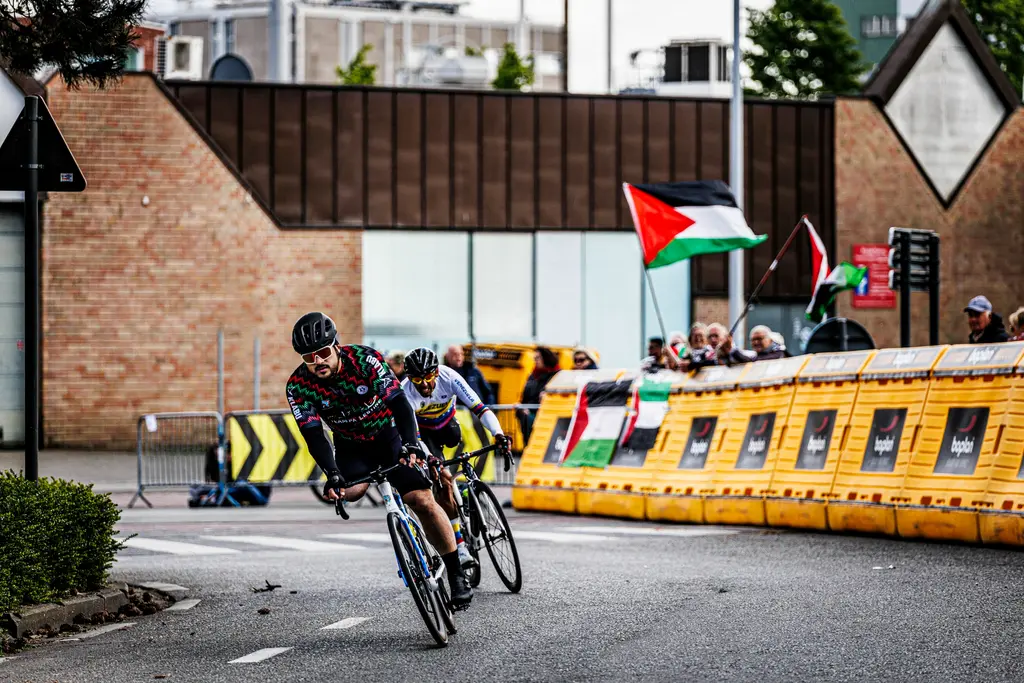
Gazan amputees secure Para-Cycling World Championships qualification
Gaza Sunbirds — Alaa al-Dali and Mohamed Asfour earned Palestine’s first-ever top-20 finish at the Para-Cycling World Cup in Belgium over the weekend.
Written by: Isaac Muk
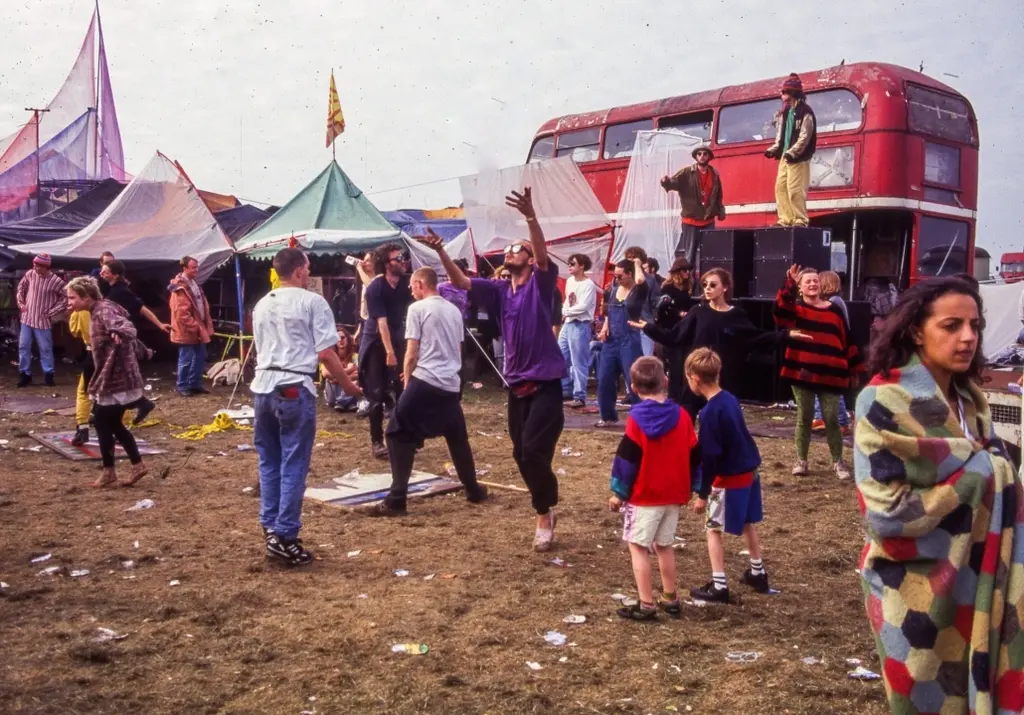
New documentary revisits the radical history of UK free rave culture
Free Party: A Folk History — Directed by Aaron Trinder, it features first-hand stories from key crews including DiY, Spiral Tribe, Bedlam and Circus Warp, with public streaming available from May 30.
Written by: Isaac Muk
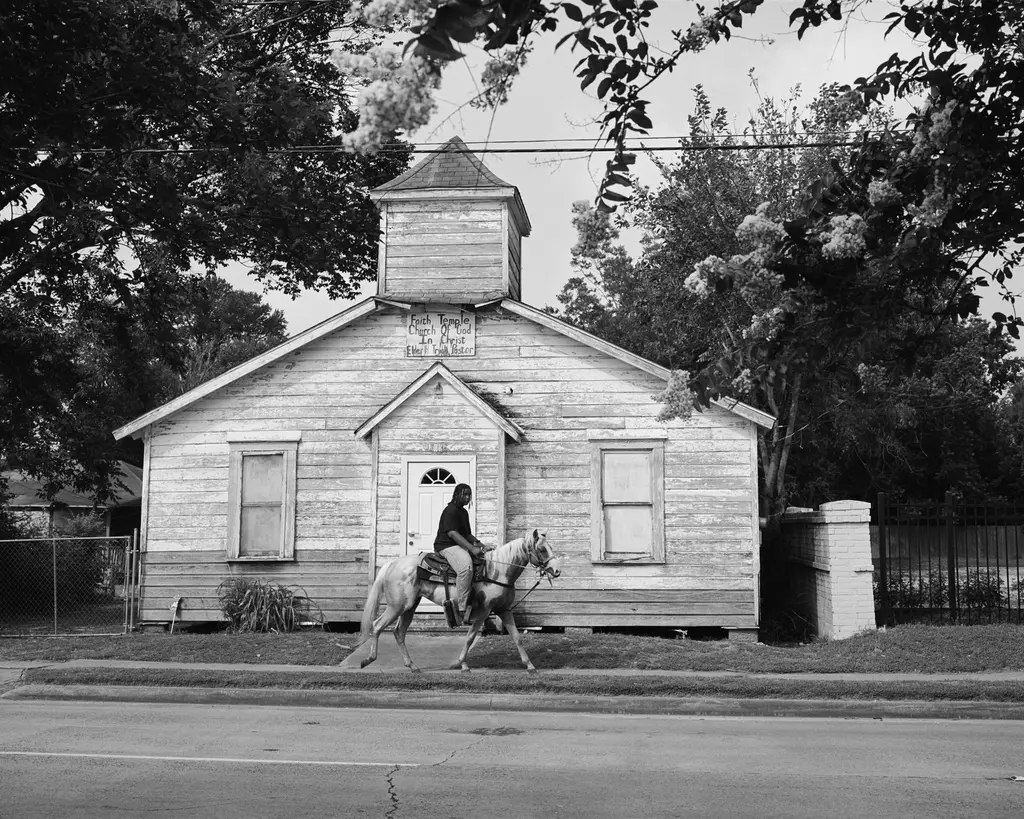
Rahim Fortune’s dreamlike vision of the Black American South
Reflections — In the Texas native’s debut solo show, he weaves familial history and documentary photography to challenge the region’s visual tropes.
Written by: Miss Rosen
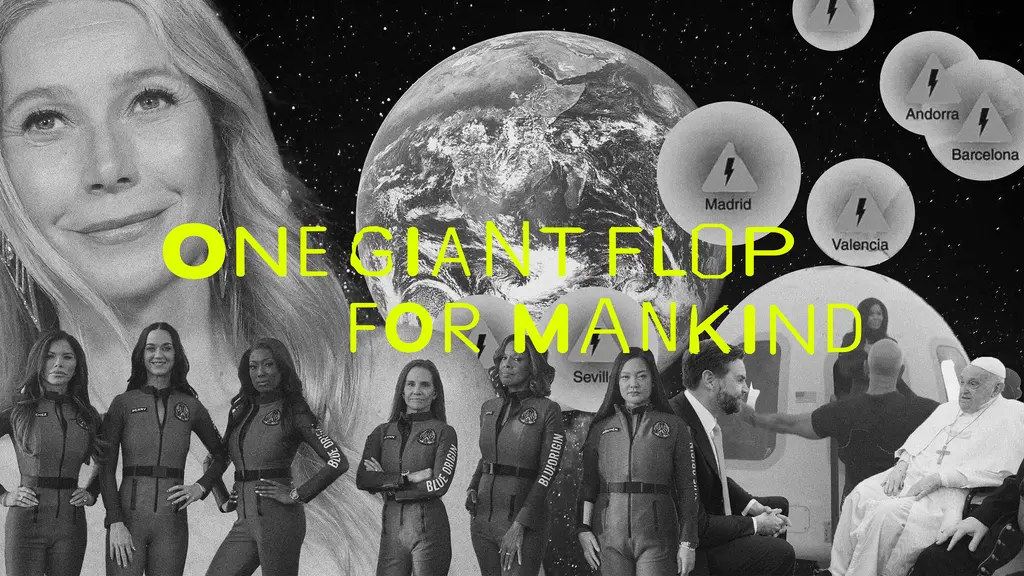
Why Katy Perry’s space flight was one giant flop for mankind
Galactic girlbossing — In a widely-panned, 11-minute trip to the edge of the earth’s atmosphere, the ‘Women’s World’ singer joined an all-female space crew in an expensive vanity advert for Jeff Bezos’ Blue Origin. Newsletter columnist Emma Garland explains its apocalypse indicating signs.
Written by: Emma Garland
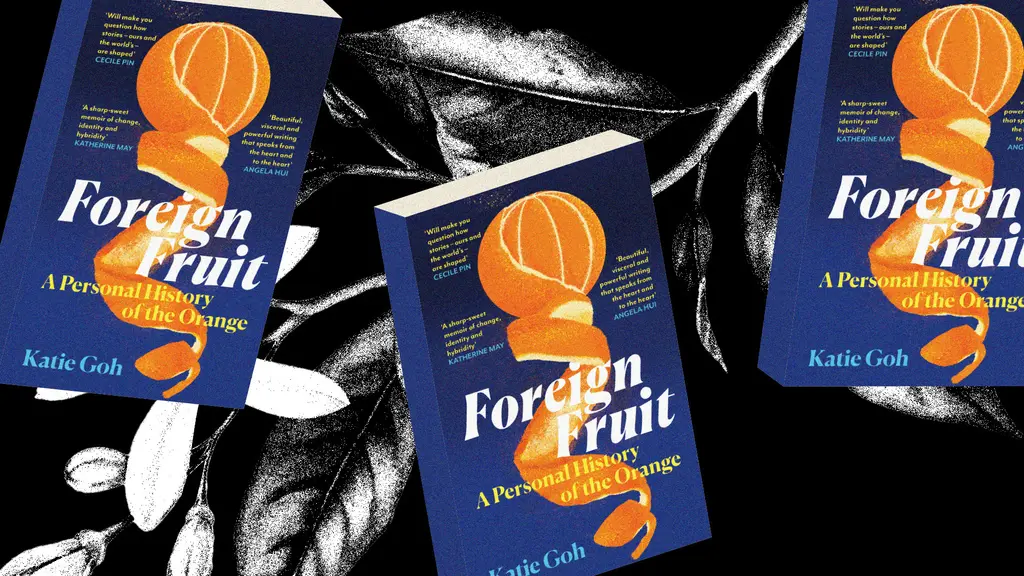
Katie Goh: “I want people to engage with the politics of oranges”
Foreign Fruit — In her new book, the Edinburgh-based writer traces her personal history through the citrus fruit’s global spread, from a village in China to Californian groves. Angela Hui caught up with her to find out more.
Written by: Katie Goh

